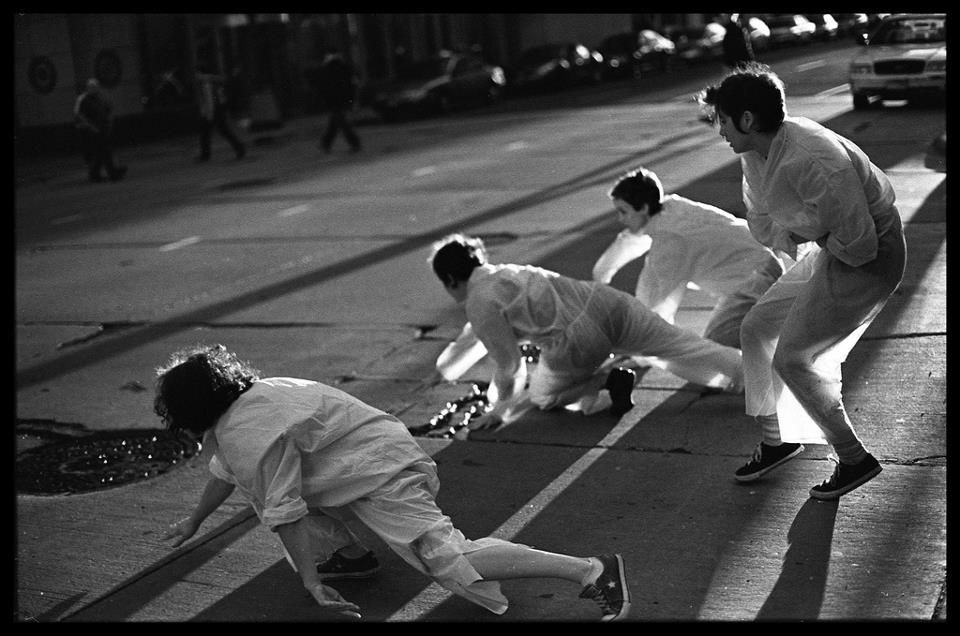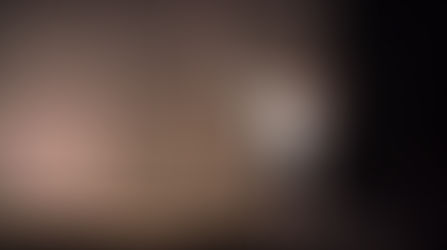useu
- elovely
- Jun 20, 2016
- 3 min read
My mind keeps sticking on Mark Franko’s question, “How is the body a museum?” I think of how memories of previous works and experiences live inside the body and can be entirely forgotten until a phrase of music or particular encounter brings them out. In this way, the body holds hidden collections, but they aren’t contained like objects in a closet: they are breathing somatic entities that emerge in a given set of triggers. The body also hurtles towards futurity. Or creeps. Or brims with its potential. The ghosts of possibility haunt and entice the burden of liveness. Franko asks what “tremor or shock” dance communicates to the museum. I imagine a body-as-torpedo busting through a white gallery wall, acting as a “door flung wide open to culture” as Charmatz joyfully writes. I think Franko is peering at a subtler, albeit no less revolutionary effect. Though what concerns me is the hard resistance of those gallery walls and the soft mortality of a body. What does the context of a museum communicate and do to dance? How are live bodies, brimming with potential and rich with histories, altered by entering the museum space? If the convergence of dance and the museum can work to “strangle time,” entangling complex elements of both structures, as Noémie Solomon observes in Charmatz’ Préfiguration (2009), how else might unusual agencies emerge through this complicating encounter?

We Dance's slow is the new sexy (2008), photo by Dane
In 2007 I formed a Minneapolis-based collective called We Dance with a group of three other artists. All of our works were site-based and incorporated text, music, concept, body, installation, catharsis and rebellion. At the culmination of Stranded (2009), a live installation at an old gray house on Lyndale Ave, we drew knives from our pockets, chiseled away at the rope tying our waists to the porch, and fled to the back alleys of Uptown. In slow is the new sexy (2008), we donned transparent jumpsuits and crept at an excruciating pace down the crowded Nicollet Mall in on a bustling Saturday night.
In reading Thomas J. Lax’s description of Maria Hassabi’s PLASTIC (2015), I muse at how inquiries and experiments press into spaces around the planet until one emerges in a context that really sees it and adorns it in a particular way. Publishes it. Names it. Or invites it to live in a gallery. We Dance lived largely under the radar of any sort of larger critical lens, though we positioned our work in public places. It was a “live installation,” and certainly not the first, so I cringe a bit to read that Hassabi coined the term. Did she? What does it mean to put words around a breathing entity, to crystallize it? It seems a bit like museum walls: both a clarifying and complicating structure. What moves more glacially, terms or walls? Both are formal articulations of larger regimes, and it is these formalities that the dancing body presses up against, or perhaps into.
The museum cannot, like the institutions and codes and systems that attempt to control a body, remain static. The body’s capacity for mobility both threatens and encourages the museum to move, changing shape, location (on the beach in the summer, thanks Boris!), approach, or becoming itself a conceptual score.
As the great full moon falls towards the horizon of the Blue Ridge Mountains, I think of the earth as museum. So many contours, so many collections, so many choreographies! Each micro instance of an actual gallery transforms what the earth-as-museum is. Each body, each plant, each tiny fluttering bat. Every living dialect impresses itself into the becoming archipelago of time. Why do we need the museum walls when we have the rich, permeable immediacy of air? The museum without its walls: useu. You-see-you. A mirrored reflection and a se (sea) space of shift.


















Comments